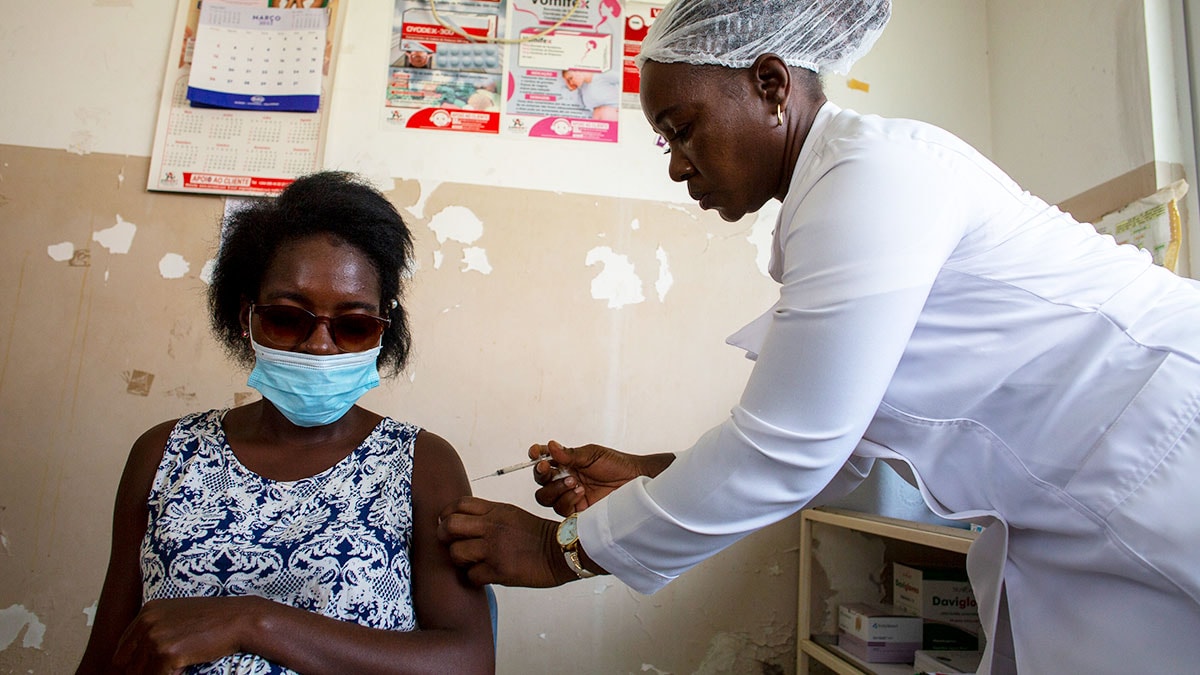At a glance
CDC works with partners to improve tetanus vaccination across the lifespan, focusing especially on maternal and neonatal tetanus elimination (MNTE).
Overview

CDC has been supporting tetanus elimination for over 20 years.
In 1989, the World Health Assembly called for the elimination of tetanus in newborns. In 1999, the initiative was relaunched as the Maternal and Neonatal Tetanus Elimination (MNTE) initiative.
Supporting disease elimination
What does it mean to eliminate maternal and neonatal tetanus?
CDC works with partners and expert workgroups to determine the best approach to ensure that MNTE has been achieved. Efforts are focused on the 11 countries that have not yet eliminated maternal and neonatal tetanus, especially in hard-to-reach areas.
Supporting Maternal and Neonatal Tetanus Elimination Goals
- Review data and participate in the process of validating MNTE in countries.
- Improve coverage with tetanus vaccine among pregnant women through:
- the education of healthcare workers and pregnant women
- linkages of pregnant women to prenatal care services
Maintaining MNTE and Preventing Tetanus Through Vaccination
- Develop global and regional guidance to sustain MNTE in countries and prevent tetanus through vaccination throughout the lifespan
- Support assessments and serological surveys among women of childbearing age to evaluate maintenance of MNTE
- Document immunity gaps in older children and adults to inform decision makers about the need to introduce tetanus booster doses for lifelong protection against tetanus
- Participate in the assessment of cost, impact, and cost-effectiveness of sustaining MNTE.
- Evaluate immune responses in children and adult men after tetanus booster doses to inform vaccination schedule with tetanus booster doses
- Support the introduction of tetanus vaccine booster doses, strengthening national immunization systems, and offering tetanus protection across the lifespan
- Support the development and pilot of a mathematical model to estimate the health and economic benefits of adding tetanus booster doses
Improving Surveillance
What is surveillance?
CDC supports the implementation of global surveillance for neonatal and non-neonatal tetanus by:
- Strengthening neonatal tetanus surveillance to detect and respond to potential cases and have accurate data to validate elimination of maternal and neonatal tetanus.
- Conducting assessments of tetanus surveillance.
- Providing evidence of the need to introduce tetanus vaccine booster doses to inform decision-makers and national immunization systems.
- Validating new testing methods that are more efficient at measuring tetanus immunity in field surveys.
- Supporting the development of global surveillance standards for neonatal and non-neonatal tetanus
